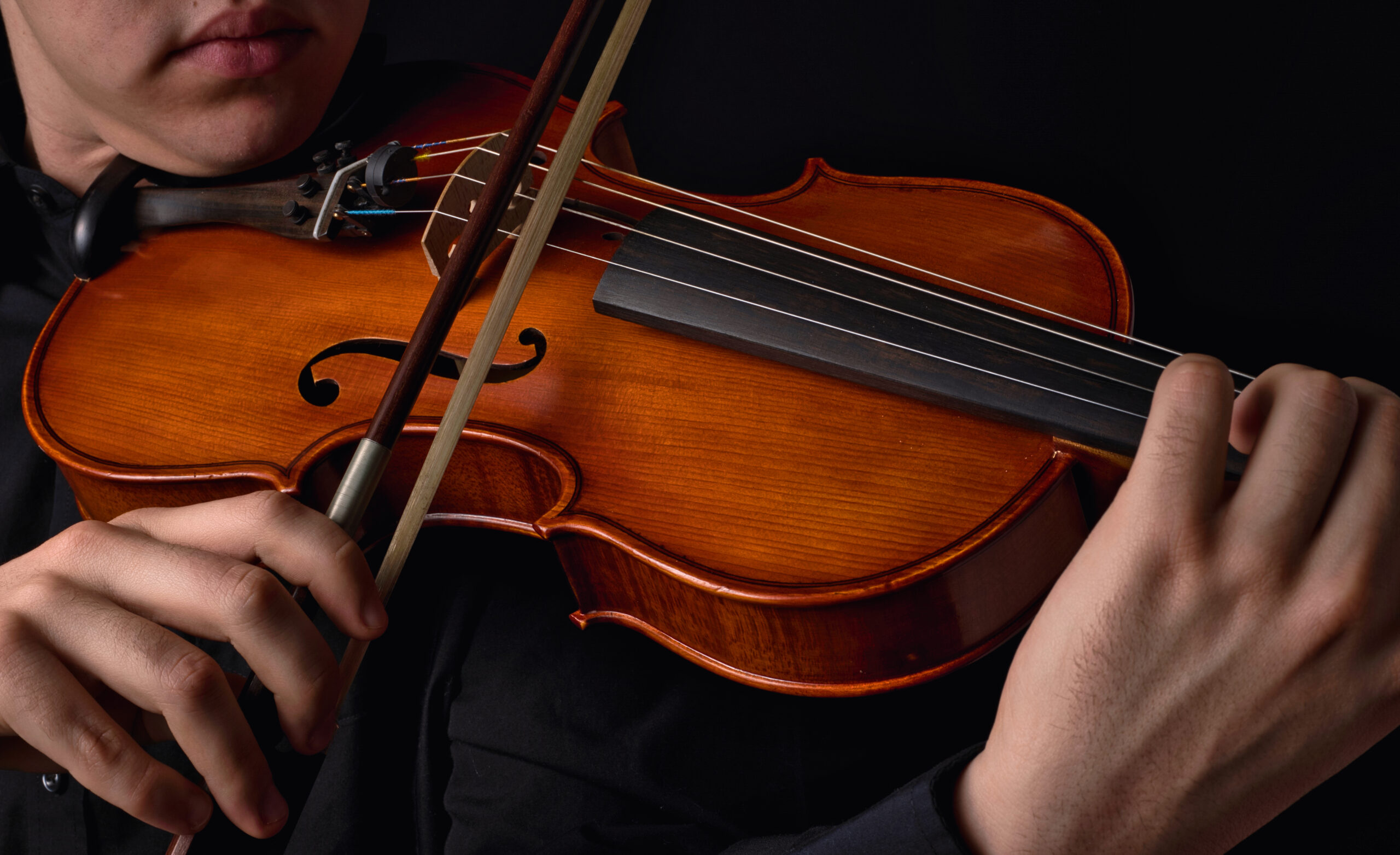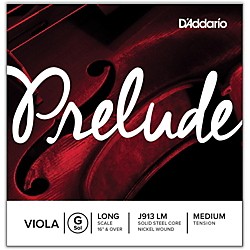August 01, 2015
How to Choose the Right Set of Viola Strings


Many student musicians and their parents are amazed at the sheer volume of strings available for their instrument. At times, the selection can even seem overwhelming, particularly for those who have never had to purchase strings before. Since trying out every type of string on the market is unrealistic, we’ll explain some of the characteristics of viola strings a bit further in this guide. Ultimately, the best viola strings for you depend on the musical style you play, your technique, and your overall personal preference. From core material to string tension, read on for some advice on how to find the right viola strings for your instrument and playing style.
What Are the Different Core Materials?
Just as there are different violas for you to choose from, there are three main viola strings for you to choose from: steel core, synthetic core, and gut core–each with their own set of pros and cons. Gut core strings produce a warm sound, full of complexity and rich overtones, but they go out of tune very frequently. For the first week or so after installation, they’ll need to be tuned on an almost daily basis. They are also very sensitive to changes in humidity and temperature. Steel core strings, on the other hand, are very stable in pitch. They require very little tuning, but the sound they produce is quite different in nature. While the sound of gut strings are warm and full, steel core strings produce a clear and direct sound, with very little complexity.
Finally, synthetic core strings are one of the more popular choices for beginner musicians, as they’re the perfect combination between between comfort and affordability. Since the core of this string is synthetic, the tone is more consistent than with gut strings, but it does lack some of the tonal qualities.
How Do I Choose the Right Gauge?
Almost all viola strings are available in different thicknesses, technically referred to as gauges. With a thicker string, you’ll get more volume that’s more center to the tone, and thinner strings produce brighter tones and have less carrying power. Although most viola players stick with a gauge that’s somewhere in the middle, but it’s not uncommon for musicians to prefer one over the other. Which gauge you choose is ultimately dependent upon your preference. For example, if your viola has a hard time projecting sound, you should opt for a thicker string. If you’re looking for a light, bright sound, perhaps a thinner gauge is more up your alley. Your viola instructor should be able to provide additional guidance in terms of which gauge you should start experimenting with first.
How Long Do Strings Last?
Given the price of viola strings, this is a fair question to ask. Some brands may claim that their line of viola strings last longer than other brands, but there’s usually no concrete evidence that supports this claim. What seems to be the most important factors in how often you should change your strings are a) how often you play the viola, and b) how your body chemistry affects the strings. For example, those with a higher acidic content in their sweat may have to replace their strings more often than someone with a lower acidic content who plays their instrument just as often. Once your strings start sounding dull or dead, or are visibly damaged or deteriorating, it’s in your best interest to purchase a replacement pair sooner rather than later.
Tips for Changing Strings
When changing strings, make sure to do so one at a time. With all the others up to pitch, keep the tension on the top. Before installing the string, use a soft pencil on the groove in the nut and bridge, as graphite is a lubricant that reduces the chance of string breakage. Don’t tighten the strings to a higher than normal pitch, and make sure they aren’t pushed against the peg box. If the grooves of your instrument are worn or uneven, your strings will break more easily. If you need any help along the way, speak with your viola teacher or head to your local Music & Arts. We’ll be more than happy to help you find a replacement set of viola strings while answering any questions you may have about your instrument.
Buy Viola Strings at Music & Arts
A viola can be an expensive purchase, which is why finding affordable and durable viola strings is so important. That’s why so many parents just like you turn to Music & Arts. With over 130 stores across 23 states and over 50,000 products on our website, you’ll find one of the largest selections of gear, accessories, and instruments at Music & Arts. If you have any questions about the specifics of a particular set of viola strings, contact us and we’ll be happy to help guide you through the process. With one of the largest product offerings in the world, we offer educator-approved band instruments and accessories, including a variety of viola strings, from some of the most trusted brands in the industry.








